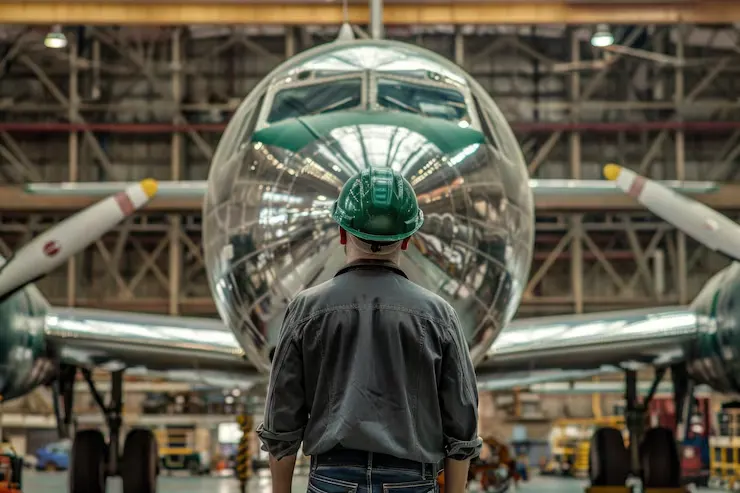Engineering
Aerospace Engineering

Course Overview
A Bachelor’s in Aerospace Engineering typically lasts 4 years, while a Master’s program takes 1 to 2 years, depending on the university and country. The curriculum includes subjects such as Aerodynamics, Propulsion Systems, Aircraft Structures, Flight Mechanics, Control Systems, Avionics, Space Dynamics, and Computational Fluid Dynamics (CFD). Students gain hands-on experience through wind tunnel testing, CAD/CAE design software (like CATIA, ANSYS, MATLAB), and simulation projects. Programs often feature internships with aerospace firms, research opportunities, and capstone projects that simulate real-world engineering challenges. Some universities are partnered with major aerospace organizations like NASA, Airbus, Boeing, and ESA, giving students direct exposure to cutting-edge developments.
Eligibility Criteria
To pursue a Bachelor’s in Aerospace Engineering, students must have completed 10+2 with Physics, Chemistry, and Mathematics, usually with a minimum of 60%–70%. For Master’s programs, applicants need a Bachelor’s degree in aerospace, mechanical, or related engineering disciplines. Most international universities require IELTS (6.5–7.0) or TOEFL scores to demonstrate English proficiency. Some countries, particularly the USA, may ask for GRE scores for master’s admissions. A strong Statement of Purpose (SOP), academic transcripts, Letters of Recommendation (LORs), and evidence of research or projects in physics or engineering will enhance the application.
Career Opportunities
Graduates of aerospace engineering programs have access to exciting careers in aviation, defense, space research, manufacturing, and aeronautical innovation. Common job roles include Aerospace Engineer, Flight Test Engineer, Avionics Engineer, Structural Analyst, Propulsion Engineer, Systems Integration Engineer, and Spacecraft Designer. Professionals can work with leading companies such as NASA, Boeing, Airbus, Rolls-Royce, Lockheed Martin, Northrop Grumman, SpaceX, and Airbus Defence and Space. Graduates may also pursue roles in government space agencies, defense departments, or advance into aerospace research and academia. With growing interest in space exploration and green aviation, the field is expanding with innovative and future-ready job profiles.
Salary Range
Aerospace engineering offers some of the highest starting salaries among engineering fields. In the USA, graduates earn between $75,000 to $100,000 annually, with senior professionals and specialists earning significantly more. In the UK, entry-level salaries range from £30,000 to £50,000 per year. In Canada, aerospace engineers typically earn between CAD 65,000 to CAD 95,000, while in Australia, salaries range from AUD 70,000 to AUD 100,000. In Germany and France, aerospace engineers earn €45,000 to €80,000 annually. Salaries increase with experience, specialization (such as avionics or propulsion), and employment in space tech or defense sectors.
Available Countries
- UK
- France
- Germany
- USA
- Canada
- Georgia
- Latvia
- Lithuania
- Malta
- Australia









